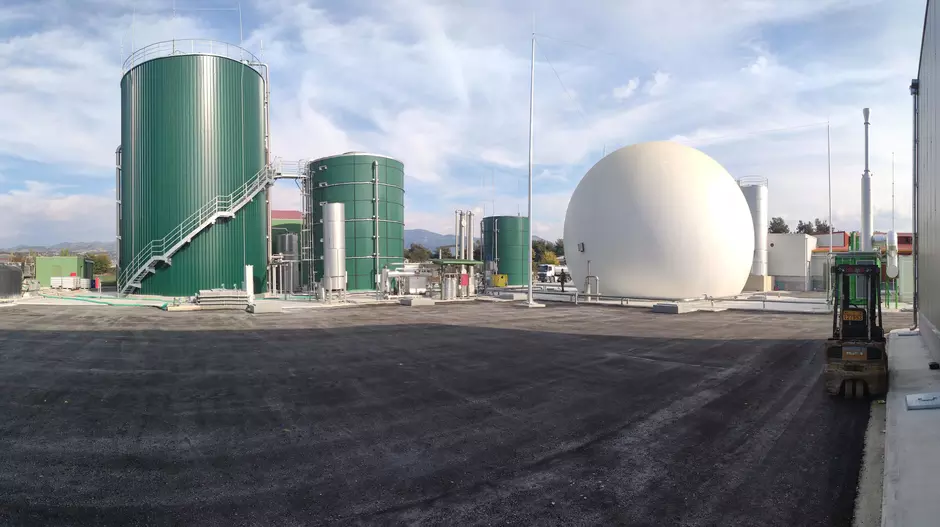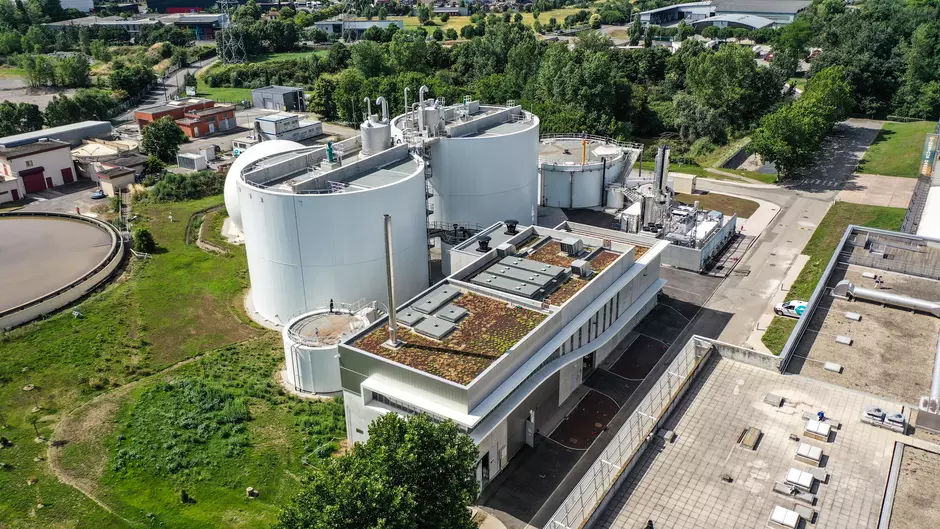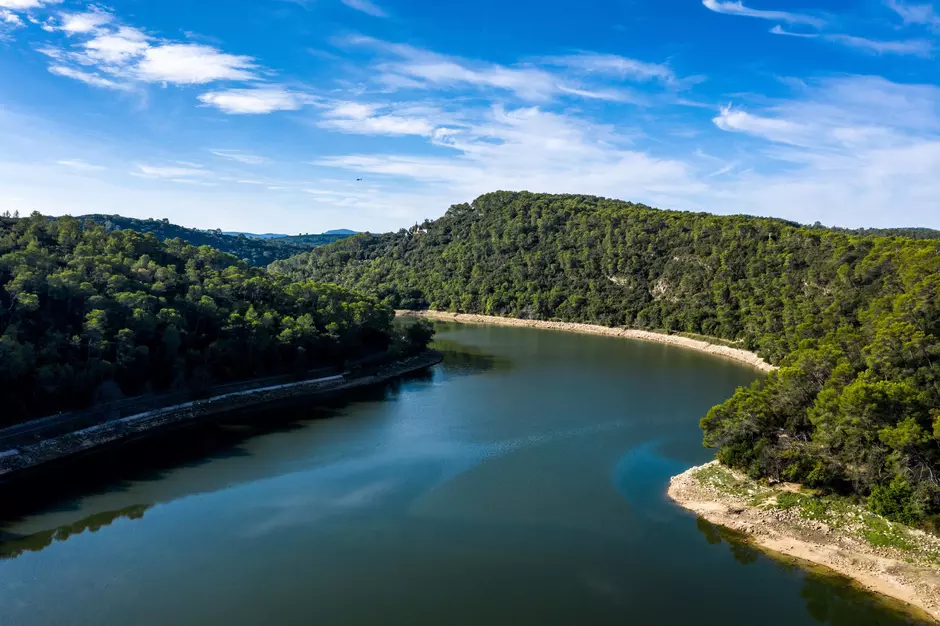To help solve the world's most significant environmental challenges and drive circularity across municipal and industrial projects, there is a need to connect multiple solutions. Experts from the Veolia Water Technologies team discuss how their solutions will play a role.
Coupled with the European Commission’s circular drive and adoption of the circular economy action plan, the water sector has the potential to unite multiple stakeholders and bridge the gap between water, energy, and resources.
In part I, we highlighted our circular journey to resourcing the world. In part II, we discuss the water-energy nexus in action.
Simplifying complex industrial wastewater
One development includes a renewed interest in anaerobic digestion (AD) solutions beyond typical industries. For example, the food and beverage sector has been a long-term advocate of AD to treat its organic waste. Yet the chemical industry and pulping industries are using their process effluent as a resource for biogas production.
By combining multiple technologies from Veolia Water Technologies, industries are producing biogas as an alternative energy source but also helping to reduce waste disposal costs.
“There are solutions now available for even the most complicated industrial wastewater”
"What we see is that we can combine anaerobic solutions with other solutions to produce biomethane and bring it back to the grid. It's more valuable to produce biogas as an alternative energy source,” says Dennis Korthout.
Indeed, industries are looking for solutions to not only treat “complex” wastewater but also unlock their potential as resources. Solutions are available to treat even the most complicated industrial wastewater.
For example, in countries such as Turkey, plants are generating maximum value from their production effluent, including recovering chemicals and generating energy through the production of biogas. Optimizing process control also ensures operational costs of the plants are reduced in a much more connected, energy-efficiency way.

''There are multiple challenges to be solved when it comes to the treatment of complex industrial wastewater, such as load variations, combined wastewater streams with difficult-to-degrade compounds, high wastewater temperatures etc., but we have the expertise to find the most efficient solutions so long as it's communicated to us in the very beginning phase of the project. There is an energy-efficient way of doing it.'' says Neslican Uzkurt Kaljunen, process & sales engineer at AnoxKaldnes.
Europe’s push on biomethane
As well as giving industries the ability to become energy positive and treat complex waters, there is also a high-level continental push on biogas. In May, the European Commission presented a €300 billion plan detailing how the EU can wean itself from Russian fossil fuels “well before 2030”.
Called REPowerEU, the group of documents emphasized the need to boost the use of renewables, especially the use of biomethane. A target for 35 billion cubic meters of biomethane has been set for 2030.
Historically, European biomethane has mainly been produced from agricultural waste. Yet, there is enormous potential to produce this from municipal wastewater, with municipalities playing a central role in EU and global ambitions.
"Municipalities are shifting to change these wastewater treatment plants into energy production plants"
According to the European Biogas Association, wastewater could contribute to 170 Terawatt-hour (TWh). Marie Esteve, sales & tender manager at Biothane says wastewater could provide more than 10% of the potential biomethane production.
“Historically, wastewater treatment plants have been designed to treat wastewater to be the right purity to be released into the natural environment,” says Esteve. “Today, we see municipalities are shifting to change these wastewater treatment plants into energy production plants.”
Two notable examples are worth mentioning. The first energy-positive wastewater treatment plant in France in Cagnes-sur-Mer is one of Veolia’s 20 references. While the plant consumes 8,7 GWh/year, it produces 10,5 GWh/year through biomethane production.
Treating the wastewater from 195,000 inhabitants, the site produces biomethane for resale by reinjection into the network. Furthermore, the design of the building according to the environmental certification BREEAM achieves the “very good” classification.
Toulouse, home to France's largest biomethane waste manufacturing plant
Processing wastewater from 950,000 people, it produces 50 gigawatt-hours per year of biomethane injected into the grid. Four key Veolia technologies are used to achieve this: BIOTHELYS™, ANITA™ Mox, SULFOTHANE™, and MEMGAS™.
“We are well positioned to help utilities reach their carbon neutrality ambitions,” adds Esteve. “We have many tools and technologies that go beyond biogas upgrading. For example, we can boost biogas production and also treat the wastewater out of the digestate, to avoid high loads going to the water treatment plant.”

Author: Atlantean Media






